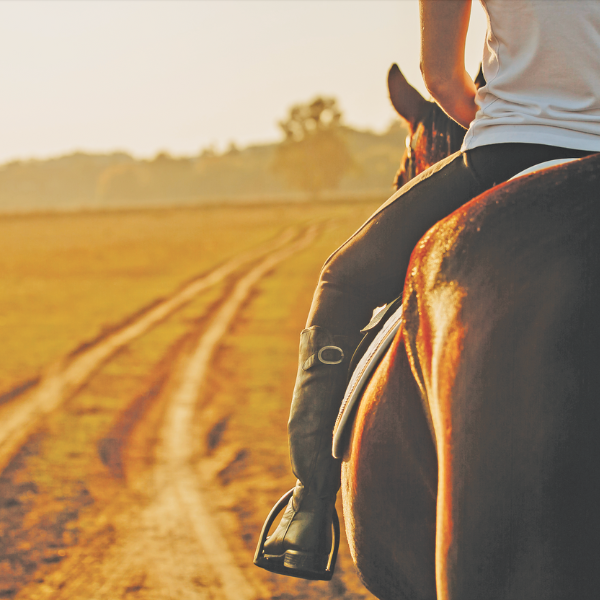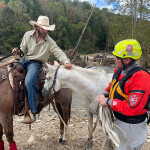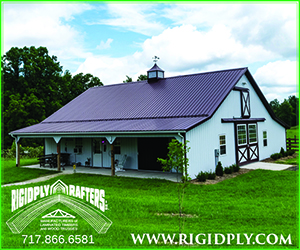Have you ever felt like you have aged 10 years after an hour in the saddle? Sitting in the saddle, no matter the discipline, requires balance, strength, and stamina.
Without proper strength in all muscles required, our bodies compensate and put extra strain on other muscle groups as they are elicited to make up for the deficits. Hip flexors are recruited by our body to also take over and make up for deficiency in core strength that a rider may be experiencing.
The hip flexors are one of the most used and abused group of muscles in our body. They are the muscles responsible for holding us upright and stable in the saddle. They are also responsible for stabilization and balance in everyday activities. Tight hip flexors can lead to a variety of aches and pains. According to OrthoSouth, Orthopedic Surgeon, Dr. Claiborne Christian, “Hip flexor stiffness leads to increased pressure on the lower back and knees. Flexibility in the lower extremities and core strength are extremely important in preventing injury.”
Here’s how equestrians can easily perform a test at home to check the flexibility of their hip flexors. While lying flat on your back, raise one knee to your chest and hold it. Let go of the knee and if it is difficult to keep the knee close to the chest without the use of your hand, a tight hip flexor may be the culprit. Usually the results will vary from one side to the other, based on the activities of the person.
Any activity that causes the hip flexor muscles to maintain a shortened position, decreases the flexibility in the muscles. These are activities such as sitting for a prolonged period of time, whether sitting at a desk, driving in a car, or even in the saddle.
Prevention is the way to maintain healthy hips! The keys to prevention are stretching the muscles and strengthening exercises.
One of the easiest stretches to perform to loosen tight hip flexors is the seated hip flexor stretch. Sit on the edge of a chair, put knees at 90 degree angles. Bring up your right leg and cross the right ankle over the left knee. As you place your right hand on the right knee, when you place slight pressure on the knee. You should feel the stretch in the hip area. Hold the position with the pressure just enough to feel the stretch in the hip area. Hold the position for 30-45 seconds and release the pressure. Then repeat the stretch on the other side. There are many stretches that will effectively help loosen the hip flexors. It is crucial to maintain flexibility in these large muscles in order to prevent injury.
Stabilization exercises are exercises that help with strengthening the muscles of the hip flexor area. One simple exercise that can be performed to accomplish strengthening these muscles is hip abduction exercise. Strengthening weak hip flexors can offer several benefits including working the gluteal muscles, improving core stability, and helping to alleviate both hip pain and knee pain. To perform this exercise, lie on your right side and prop your head up on your right arm. While keeping your core muscles tight, raise your left leg and at the top of the movement, squeeze your gluteal muscles. Keep the movement slow and controlled. Repeat the movement for 20-25 repetitions, then repeat on the left side. Incorporating this exercise into your workout routine will not only help strengthen your hip flexors, but also help strengthen your gluteal muscles.
After a long ride, make sure to take the time to cool down your horse, then don’t forget to take care of your muscles as well. Stretching muscles when they are warm is the most effective way to stretch. The best riders not only treat their horses like athletes, but also treat their own bodies like well-oiled machines. Prevention is the best medicine.










